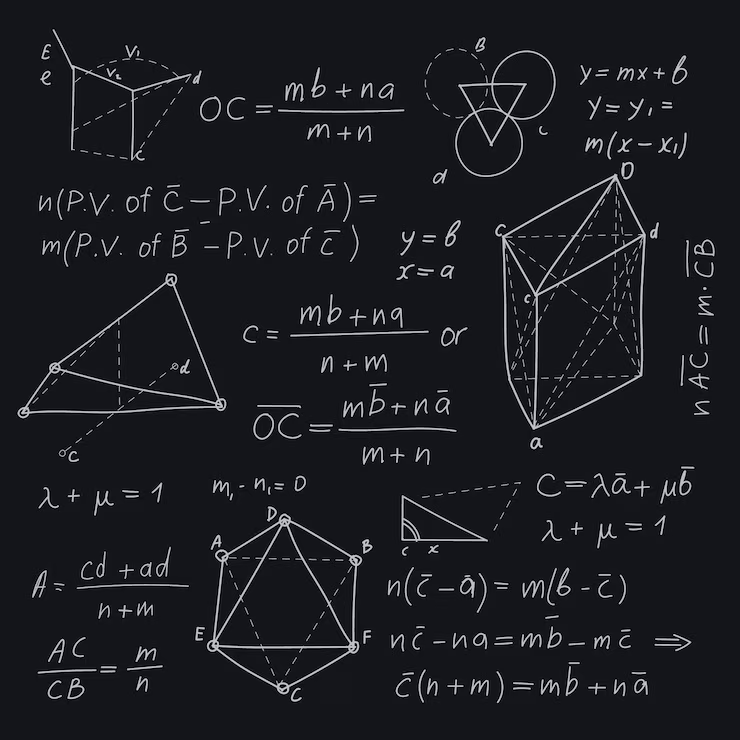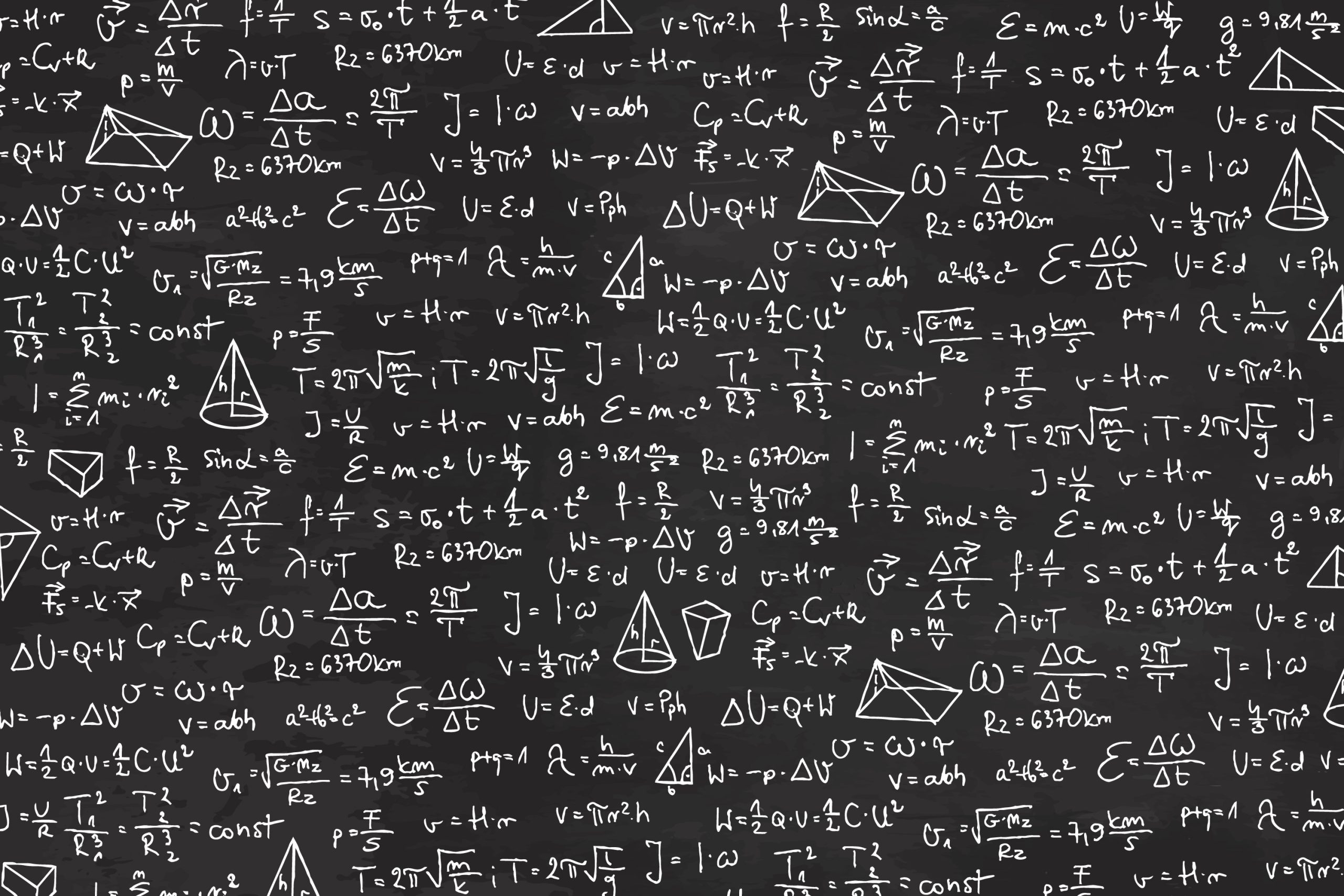
An Introduction to Commutative Algebra: The Foundation of Modern Algebraic Geometry and Number Theory
Commutative algebra is a branch of mathematics focused on the study of commutative rings, their ideals, and modules over such rings.
It serves as the foundation for much of modern algebraic geometry and number theory, providing essential tools and structures for analyzing polynomial rings and their properties.
In this article, we will explore the origins, core concepts, and applications of commutative algebra. We’ll discuss how it ties into other mathematical fields and why it remains crucial for both theoretical research and practical applications.
Historical Context
The roots of commutative algebra trace back to the 19th century with the work of mathematicians like Richard Dedekind and David Hilbert. Dedekind’s investigation of ideal theory in rings of algebraic integers laid the groundwork for modern number theory. Hilbert’s contributions, particularly in the theory of polynomials and algebraic invariants, further advanced the field.
However, it was not until the early 20th century that commutative algebra was formally developed as a distinct discipline, primarily through the efforts of Emmy Noether and Wolfgang Krull. Their work introduced many of the foundational concepts still central to commutative algebra today, such as Noetherian rings and the notion of dimension theory.
Core Concepts in Commutative Algebra
1. Rings and Ideals
The study of commutative algebra begins with commutative rings—rings in which the multiplication operation is commutative, meaning 𝑎 ⋅ 𝑏 = 𝑏 ⋅ 𝑎for any elements 𝑎 and 𝑏. Common examples include polynomial rings 𝐾 [ 𝑥 1 , 𝑥 2 , … , 𝑥 𝑛 ] K[x 1 ,x 2 ,…,x n ] over a field 𝐾 and rings of integers 𝑍.
An ideal in a ring is a special subset closed under addition and multiplication by any element in the ring. Ideals play a central role in defining quotient rings and analyzing ring homomorphisms. For instance, given an ideal 𝐼 in a ring 𝑅, the quotient ring 𝑅 / 𝐼 can be used to study solutions to systems of polynomial equations.
2. Prime and Maximal Ideals
Prime and maximal ideals are particularly significant in commutative algebra. A prime ideal 𝑃 has the property that if the product of two elements is in 𝑃, then at least one of those elements is also in 𝑃. Maximal ideals are the largest proper ideals within a ring, serving as the “building blocks” in various algebraic structures.
For example, in the ring 𝑍, the ideal ( 𝑝 ) generated by a prime number 𝑝 is both prime and maximal. Prime ideals correspond to irreducible varieties in algebraic geometry, while maximal ideals relate to points in the spectrum of a ring (Spec 𝑅), providing a geometric interpretation.
3. Noetherian Rings
A ring is called Noetherian if every ascending chain of ideals eventually stabilizes. This property, introduced by Emmy Noether, is critical in ensuring that certain algebraic processes terminate. Noetherian rings are fundamental because they guarantee that every ideal is finitely generated, allowing for a more tractable analysis of ring structure.
4. Modules over Rings
Modules generalize the notion of vector spaces, where the scalars belong to a ring instead of a field. They are key to understanding the structure of rings, enabling the study of homological properties like exact sequences, free modules, and projective modules.
5. Localization
Localization is a technique used to “zoom in” on a particular part of a ring, such as focusing on the behavior of functions near a specific point. This is analogous to how local properties in geometry are studied by examining neighborhoods around a point.
The localization of a ring 𝑅 at a prime ideal 𝑃, denoted 𝑅 𝑃, is an essential tool in both algebraic geometry and number theory.
6. Integral Extensions and Rings
An element is integral over a ring 𝑅 if it satisfies a monic polynomial with coefficients in 𝑅.
Rings that are integral over 𝑅 preserve much of the algebraic structure and enable the study of algebraic field extensions.
Integral extensions are crucial for understanding the behavior of rings under field extension, a key concept in algebraic number theory.
Applications of Commutative Algebra
Commutative algebra is deeply intertwined with algebraic geometry, which studies solutions to systems of polynomial equations. The concepts of affine varieties, schemes, and coherent sheaves all rely on the language of commutative rings and modules.
In number theory, commutative algebra underpins the study of algebraic integers, the distribution of primes, and the solution of Diophantine equations. The theory of Dedekind domains, a class of Noetherian integral domains, plays a vital role in understanding ideal factorization in rings of integers.
Beyond pure mathematics, commutative algebra has applications in coding theory, cryptography, and computational algebra. The development of algorithms for factorization, Gröbner bases, and solving polynomial equations has had a significant impact on fields like computer science and engineering.
Conclusion
Commutative algebra stands as a cornerstone of modern mathematics, bridging the gap between algebraic geometry, number theory, and numerous applied disciplines. Its study provides profound insights into the structure of rings, ideals, and modules, enabling advancements in both theoretical mathematics and practical applications. As the field continues to evolve, its relevance only grows, with new connections constantly being discovered across different branches of mathematics.
Whether one is interested in abstract algebra, geometry, or computational applications, a deep understanding of commutative algebra opens doors to numerous exciting avenues of research and discovery.


